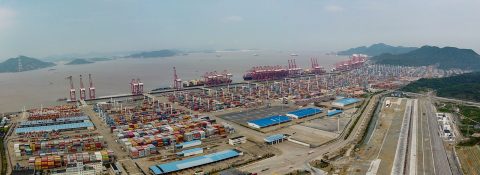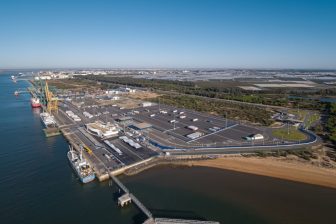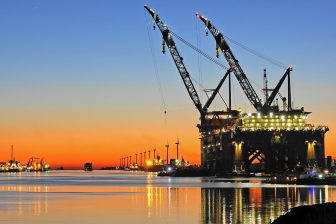
Will intermodal subsidies in China harm the New Silk Road?
Ningbo Port
Recently, several incentives have been developed to promote rail-sea transportation in China. This includes reductions in rates and subsidies for goods transported by rail to eastern ports. Will this move cargo away from the new Silk Road and towards ocean freight? Our Chinese sister publication Railfreight.cn interviewed five rail freight forwarders in China to get their views on the rail-sea subsidy situation.
Do you want to read the full article?
Thank you for visiting RailFreight.com. Become a member of RailFreight Premium and get full access to all our premium content.
Are you already a member?
Having problems logging in? Call +31(0)10 280 1000 or send an email to customerdesk@promedia.nl.




